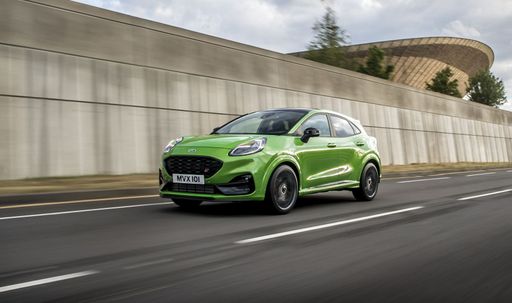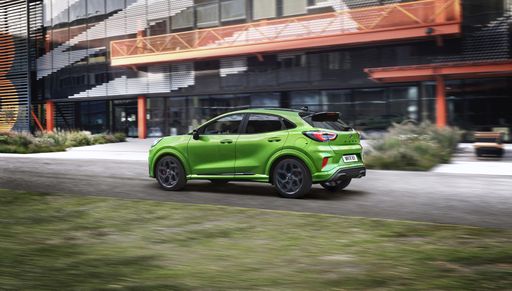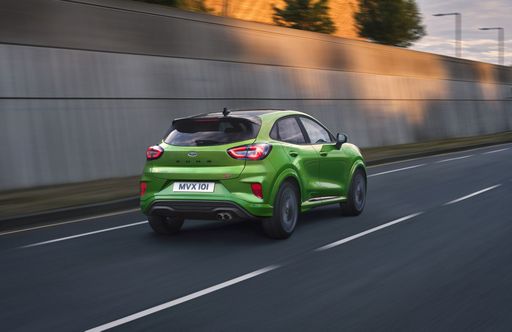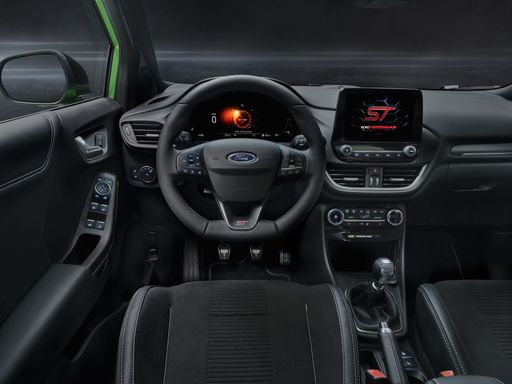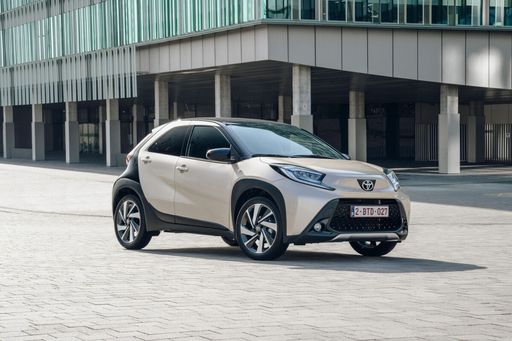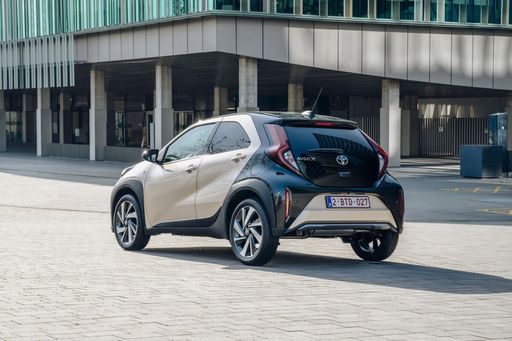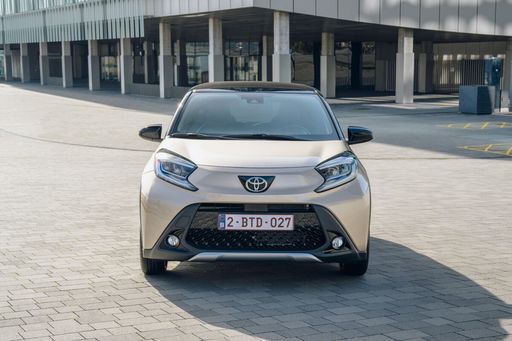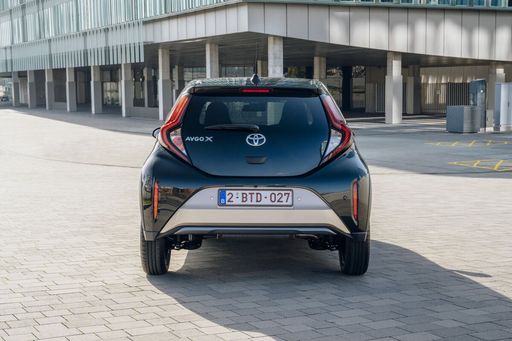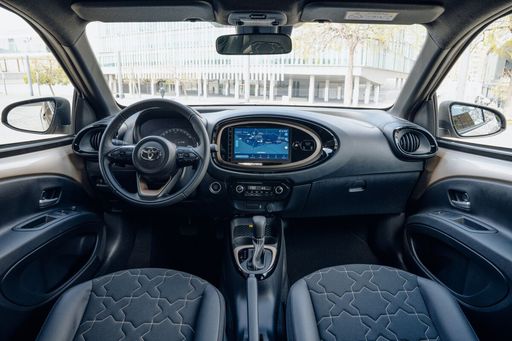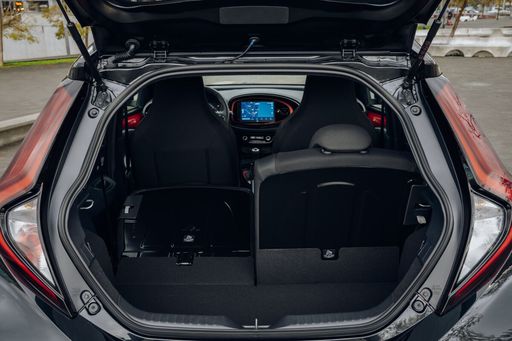Ford Puma vs. Toyota Aygo: A Comprehensive Comparison
The automotive market continues to evolve, presenting drivers with a plethora of options that cater to various preferences and needs. Among the many vehicles vying for attention, the Ford Puma and Toyota Aygo stand out for different reasons. While the Puma appeals to those seeking a sporty compact SUV, the Aygo targets consumers looking for a nimble urban runabout. This article delves into the technical aspects, innovations, and overall performance of both models, helping you make an informed choice.

